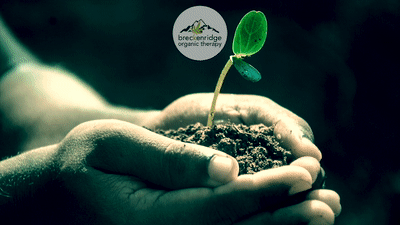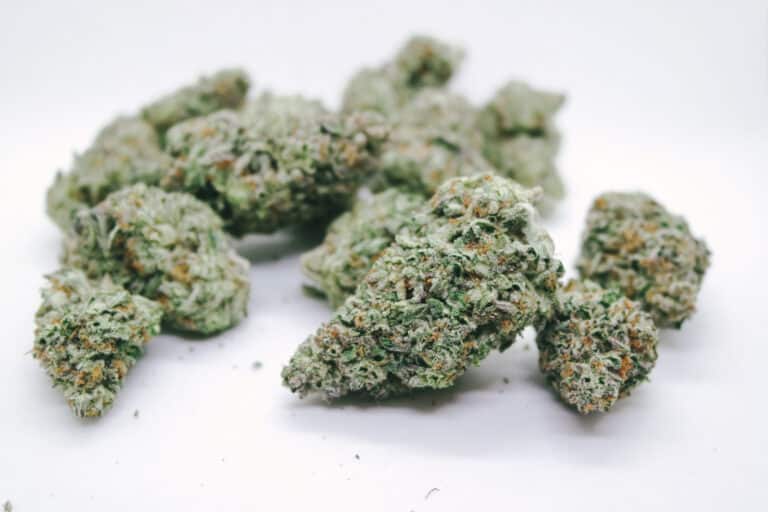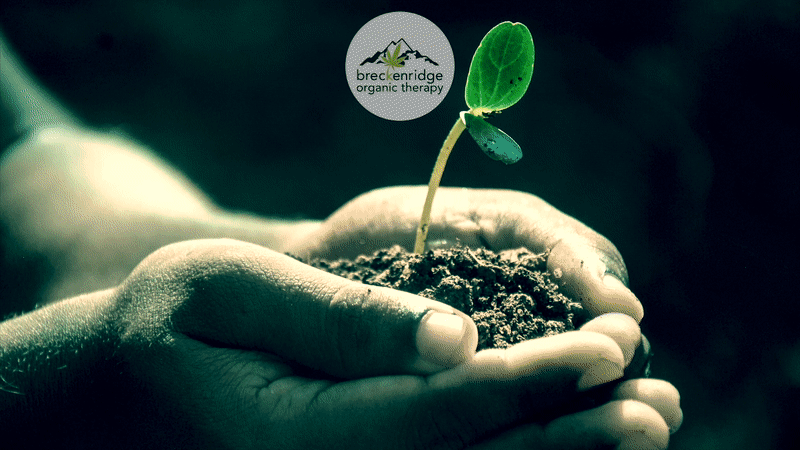
How to Micro Grow Cannabis in Small Spaces
The more popular cannabis and how to cultivate it becomes— the more people want to learn how to grow it for themselves. Unfortunately, most beginners and amateur growers don’t have the necessary knowledge or experience to handle a full-blown grow op, however, it is likely that they can handle an easier option—the Microgrow.
So, what exactly is this micro growing cannabis business, and how is it done?
Keep Reading!
The Basics
Micro growing cannabis is best described as the process of growing and cultivating a small batch of cannabis in a small or limited sized space while trying to get the best possible results. The real difference between usual grow operations and a micro-grow is all in the amount of space available to use.
Even though this difference may seem slight, the lack of space effects all other aspects of growing cannabis including air supply, soil, light, water, and what strains you can use.
With that being said, nearly any space you can think of can be used for micro growing including boxes, closets, and cupboards. Keep in mind, your main challenge is going to be in creating an optimum environment and growing conditions so your plants can thrive.

Choosing a Strain
Selecting the right strain is very important when it comes to micro grows. One of the main things to watch for is the height of the strain because sativas are slenderer and grow taller than the shorter, bushier indica strains.
In fact, sativas undergo a whopping 200%-300% height increase during the flowering phase, compared to the measly 50%-100% height increase of Indicas. It is the indica plants small stature that makes it so much better suited for indoor or small space micro-grow operations than sativas.
Another great micro grow option are auto-flowering strains. It doesn’t matter what size of space they are grown in—these strains stay small thanks to their genetics and the fact that they have shorter harvest times. They do this because they aren’t as dependent on light as other strains, which is a great option for small grows.
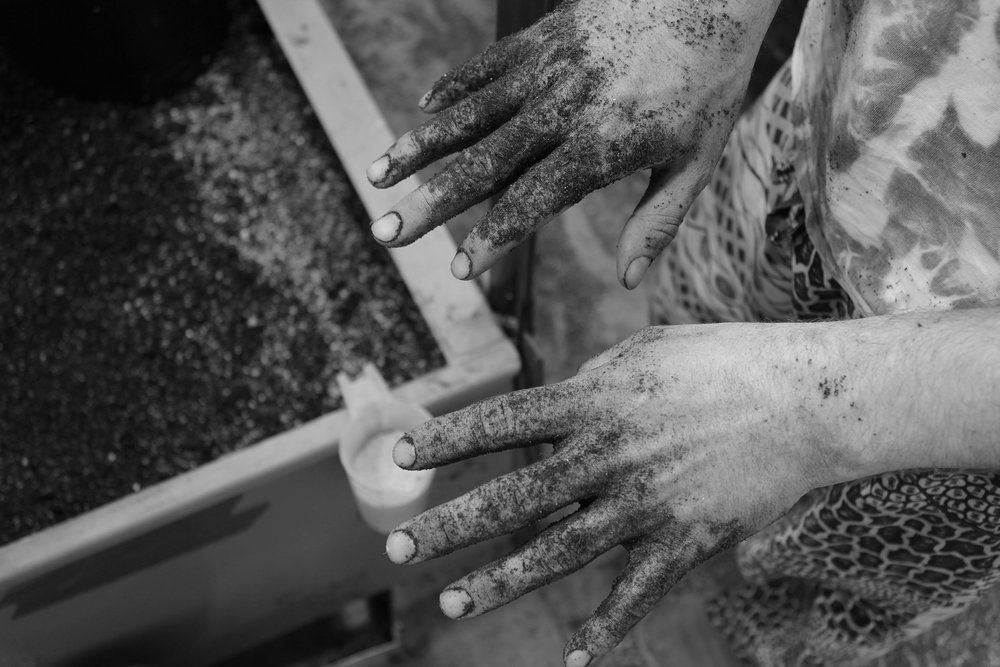
The Right Amount Soil
The amount of space that a plants root system occupies directly influences how large or small said plant will end up. This is because the plants root system absorbs all the water and nutrients in the soil, and if there is only so much space, the plant will only get so tall. As a general guideline:
- Average Height Plant= 12-liter pot or larger
- 60 cm plant= 5-liter pot
- 24 cm plant= 2-3-liter pot
- 13 cm plant=1/2-liter pot
Since smaller plants require much less soil than standard grow operations, you will need to give it more water and fertilizer than you would with a regular sized plant.

Think About Light
Cannabis wouldn’t exist without light and utilizing optimal lighting for micro-grows is a very important step. When picking out your lighting, it is advisable to keep your eyes peeled for the wattage and heat output.
Fluorescent and Compact Fluorescent (CFL) light bulbs both provide great light without blasting plants with heat. They come in different colors to optimize growth at certain stages. For instance, cannabis plants that are in a vegetative state will benefit from blue light—while a flowering plant will benefit more from red light.
Now this section wouldn’t be complete without mentioning LED lighting. These are such a good option for micro growers because they produce virtually no heat, and they come with a wide spectrum of light. The only downside is their price. If you’re trying to micro grow on a budget, maybe opt for one of the other cheaper lighting options.
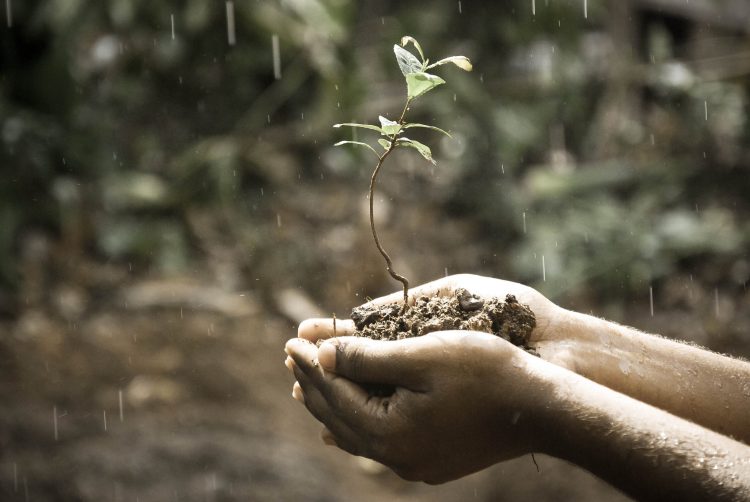
Plan Your Water & Air Supply
The same applies with water and air as it does with light. Your plants will not thrive without them. Maintaining good ventilation and clean air is necessary because the plants can quickly deplete air that is Co2 rich—which hinders the plants ability to produce new plant cells and photosynthesize correctly.
Using a table fan like other indoor grower’s use will probably be impractical for most micro-grows, which is why we suggest using a couple of computer fans to help keep things cool. We recommend placing one fan lower to serve as the intake fan and placing the other one higher up to act as the exhaust fan.
This is because heat rises, so pushing the hot air out with our “exhaust fan” and replacing it with the cool air from our “intake fan” keeps the temperature nice and balanced. We also advice the use of filters for your fans to help keep pests and odors down.
As your plants become larger, watering them can get a little tricky. You will want your grow to be accessible from the side so you can water them from the bottom, or by utilizing a hydroponic watering system. Again, this step is important because micro grown plants need more water than regular ones because they don’t have as much root space.
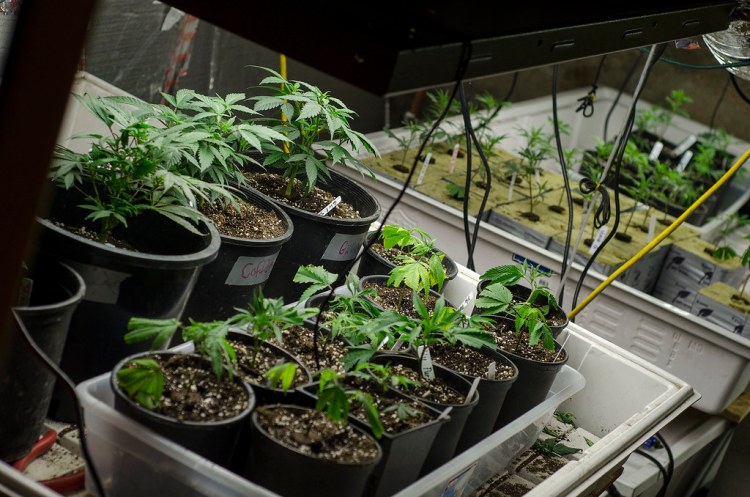
Growing Techniques
As we mentioned earlier, space is the big kicker for the differences we see between regular and micro growing techniques. However, there are other ways to manipulate a plants growth using various methods including: low stress training (LST), super cropping, Screen of green (ScrOG), and topping.
Topping is when the very top of the plant is cut off to stimulate it to grow secondary branches—so it grows wider, not taller. Super cropping, also known as high stress training, requires the stem of the main branch to be broken. Understandably, this approach needs to be done with care. The branch needs to be broken in a way that the plant thinks it’s dead to encourage the growth of new side branches. This allows the main branch to recover as it permanently stunts the plants growth.
The Screen of green (ScrOG) method requires that you place a mesh screen between the light source and the soil. As the branches come through the screen, tie them in a way that forces them to grow horizontally instead of vertically. Low stress training (LST) is where you tie the plants highest branches to the soil to force it to grow more colas (flowering sites) and side branches while maintaining a smaller physique.
Final Hit
Micro growing is a great jumping off point to help you develop your green thumb and to learn about what it takes to grow quality cannabis. We encourage you to have fun and experiment with new techniques, strains, and tools as long as you’re abiding by local laws and respecting your plants. We think the entire process of growing plants are rewarding in of itself—but especially when you have a bountiful harvest to reap and enjoy.
For a fun visual & more information about micro growing cannabis, check out the video from our friends Weed In A Pot below!
Copyright © 2024 Breckenridge Organic Therapy |
Site by CannaPlanners

